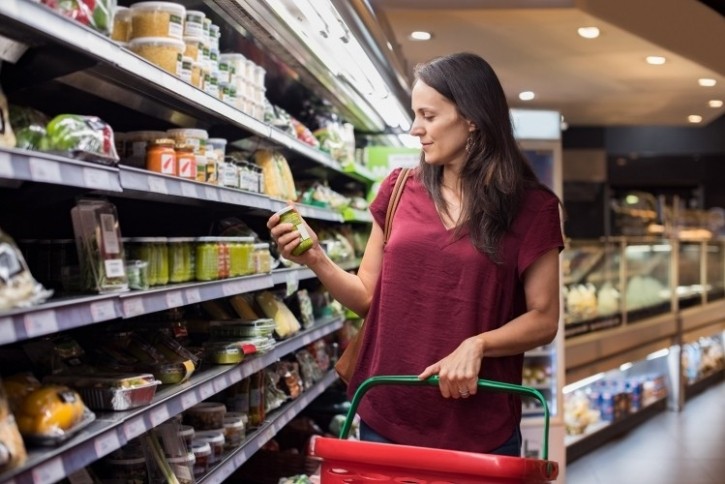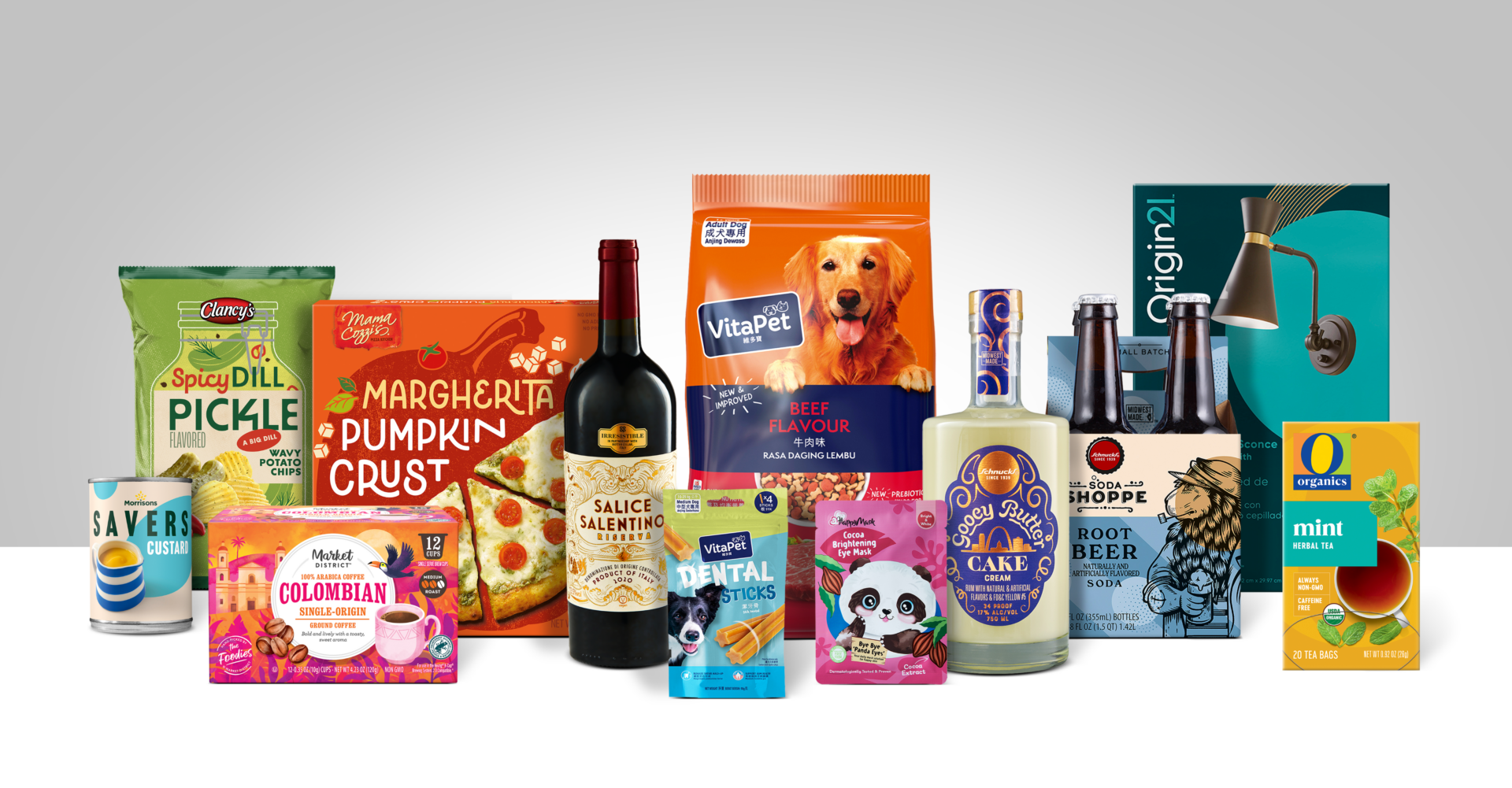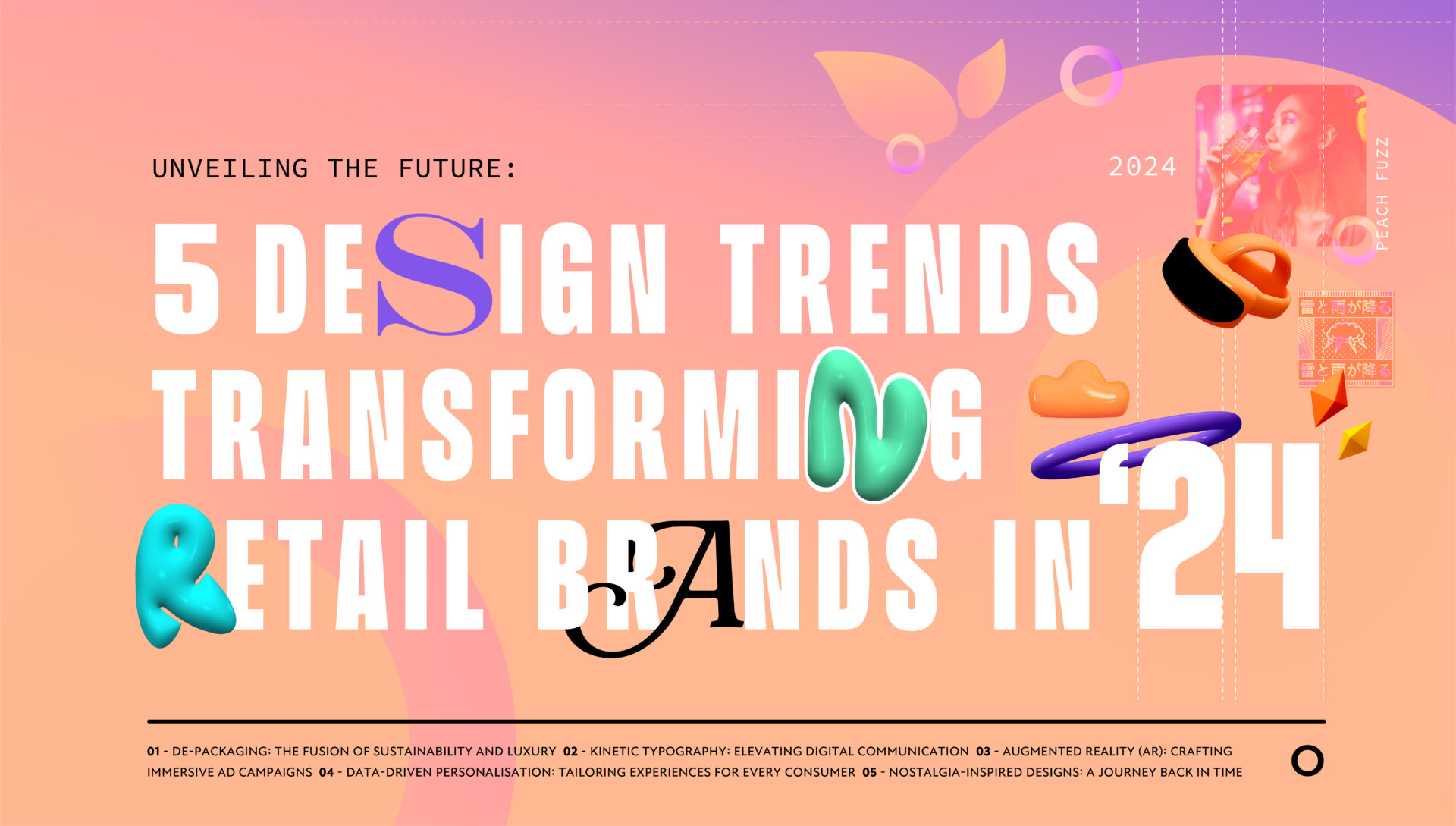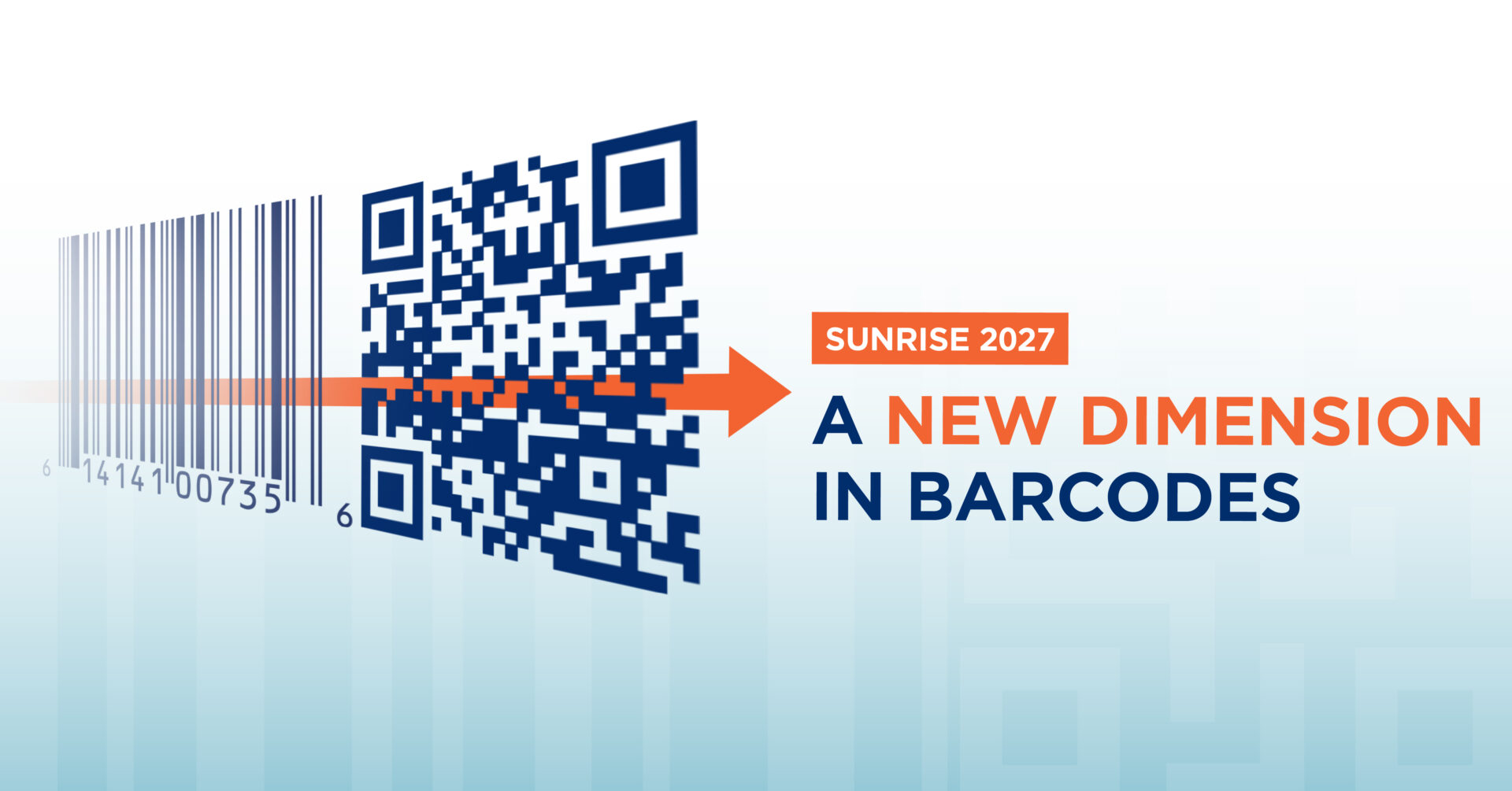Carbon Footprint on packaging design: Customers demand clearer info on sustainability
Is now the right time eco-labelling on packaging design?
You may have already spotted eco-labelling on product packaging design at your local supermarket. If not, you’re almost certain to spot this trend very soon.
That’s because brands are increasingly incorporating carbon footprint information onto their packfronts and making this information available online, in aim of evidencing their firm commitment to environmental sustainability.
Following the lead of many top-flight restaurants and fashion brands which have included carbon footprint calculations on their menus and online shopping platforms with great fanfare and positive results, some FMCG brands have already adopted the trend, while others are in trial phases.
But is this a trend with real staying power in the FMCG realm, or is it just a fad? The answer may largely depend on your products’ categories and your chosen brand messaging strategies, however all brands could be impacted in the future. Keep reading to find out how…
Why carbon labelling? Why now?
Although many of today’s consumers prioritise sustainability when making decisions on what they will purchase, by and large the onus is placed on them to sift through conflicting messages about what “sustainable” really means.
Compared with descriptors, which may be open to interpretation, carbon footprint calculations offer a relatively more concrete and fact-based method of communicating the inherent sustainability credentials of a given product.
Research studies have supported the idea that consumers want reliable carbon footprint measurements and communication. A recent report by Compleat Foods found that 73% of UK consumers feel it is important for their food and drink products to have a low carbon footprint, and 49% want to see carbon labelling on food and drink products.
Meanwhile, a study of European shoppers sponsored by Yara revealed a high preference for the addition of carbon labels, with some countries including Turkey and Romania responding positively at 90% and 88%, respectively, while the average for all 12 countries where respondents resided was 76%. At the very least, these figures should give food and drink providers pause for thought.
The benefits of carbon labelling
At first glance, it may seem as though brand messaging is the only real benefit to carbon labels. However, in practice, brands are finding that wide-ranging benefits may be made possible – from customer confidence to company culture.
Climate change is of growing concern to consumers, especially among young people, however many feel powerless to make environmentally positive food choices because they lack the clear information to do so. Carbon labels help customers to make “greener” food choices by helping them quickly navigate to the products that align with their environmental values, enabling them to make decisions more quickly when faced with a crowded category.
Businesses which have incorporated carbon footprint ratings into their brand communications mix have also indicated that the move has helped to support carbon awareness for varying groups of stakeholders, including their staff.
Embedding an ethos of sustainability into the company is made easier in this way, since having the evidence in front of them allows those handling and selling the food to “understand better how [carbon footprint calculation] works and how to apply it in both their personal and professional lives”. (hospitalityandcateringnews.com)
Next steps
Despite carbon labelling presenting as a promising device, especially in certain types of spaces such as flexitarian, vegan, plant-based, health food & wellness, some are having a tepid response, preferring to watch the journeys of brands like Oatly and Quorn before committing to the trend themselves.
This year, the former of these two, Oatly, debuted carbon footpring labelling on four of its Oatgurt products in North America, after first denoting carbon dioxide equivalents (CO2e) on its packaging back in 2019. The carbon footprint calculations, said Oatly, will help the business to achieve a 70% reduction in its “climate footprint” per litre of Oatly products by 2029. A further aim is to help set a standard for other brands in the sector to follow. (FoodDive)
Challenges to scaling up
Carbon labelling often comes under criticism because there is, as of yet, no standardised system of quantification, rating or labelling. Different companies may use varying methods of calculation and different data sets to establish the product’s overall environmental impact, with little existing regulation or guidance from governments. However, it is thought that widespread adoption of carbon labelling could ultimately lead to the eventual harmonisation of criteria and a “norm” for how this information is displayed on food packaging design.
Digital solutions may be one doorway to better consistency. A number of platforms, such as the soon-to-launch app, Reewild, are currently being developed or are in trials, which allow customers to quickly look up (usually via QR code scan), the product’s environmental impact, from “farm to fork”, i.e. from growing, rearing, farming, processing and transporting the product through to the end-of-life/disposal phase of the product lifecycle. As more brands integrate with apps like Reewild, the means of measurement may ultimately become aligned, much like interfaces on streaming platforms have become increasingly similar over time.
The early adopters and innovators forging new pathways in carbon labelling are bound to inspire others to take on the challenge. How far the trend will go, whether more government oversight will be involved, and how many brands will be affected are things we will be watching with interest.




